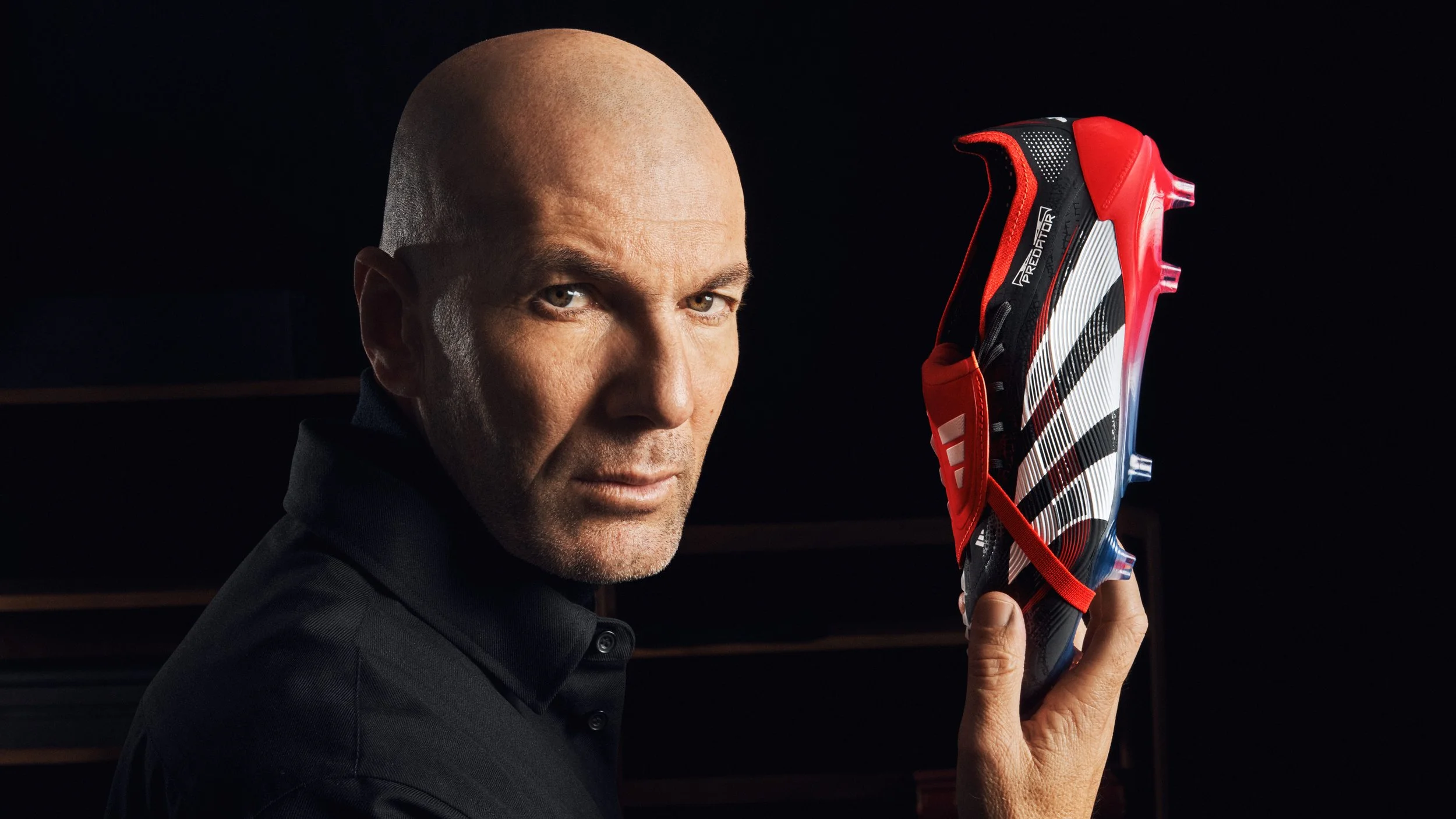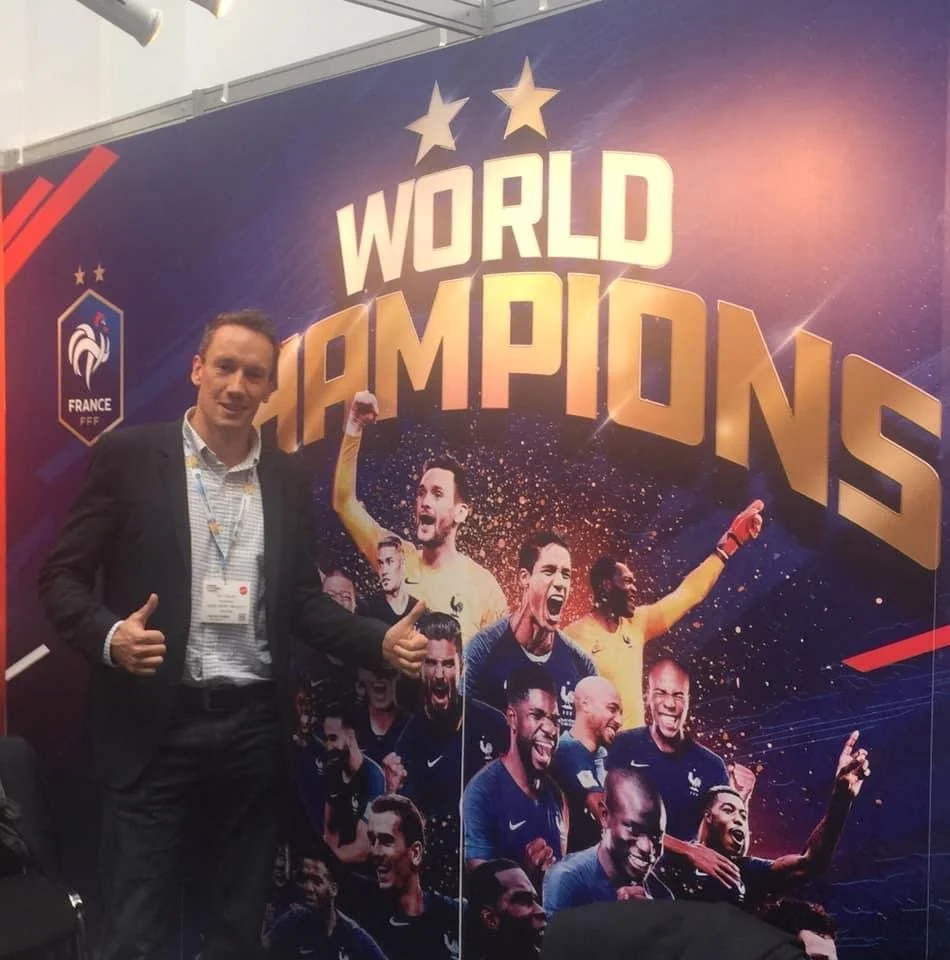On May 11, 2025, football witnessed a moment that will be remembered not just for the scoreline—but for a masterclass in modern branding, culture, and commerce. El Clásico, the iconic face-off between FC Barcelona and Real Madrid, was no longer just a game. It became the epicenter of a global marketing phenomenon, uniting football, music, and lifestyle in a way that redefines what a sports brand can be.
As someone who’s led marketing for global brands like Wilson, Technogym, IRONMAN, and World Gym, and who has built omnichannel strategies across sports, fitness, and culture, I see this as a blueprint for the future of brand building in sport. This article breaks down why this moment matters—commercially, culturally, and strategically—and what it means for marketers and executives in the fitness and sports industry.
A Match for the Ages: The Game Itself
The clash at Estadi Olímpic Lluís Companys saw FC Barcelona edge Real Madrid in a 4–3 thriller. Kylian Mbappé dazzled with a hat trick, but Barcelona’s resilience—anchored by goals from Eric García, Lamine Yamal, and a brace from Raphinha—stole the spotlight. The win pushed Barça seven points clear atop La Liga, placing them on the cusp of their 28th league title.
But the real headline? This wasn’t just a football game—it was a brand event. And one that showcased the evolution of sports marketing into entertainment-driven, culture-connected storytelling.
Global Viewership: El Clásico as a Super Bowl for the World
Historically, El Clásico attracts up to 650 million viewers across more than 180 countries. While official numbers for the May 2025 edition are pending, it’s safe to assume a similarly massive reach—especially with the amplified buzz from the Spotify-Travis Scott collaboration.
For context, the Super Bowl hovers around 115 million viewers. El Clásico, by comparison, functions like a global Super Bowl for football fans and brand marketers alike.
On platforms like ESPN, ESPN Deportes, and ESPN+, the game drives millions in ad value, sponsorship impressions, and secondary content consumption. The addition of a music icon like Travis Scott took this engagement to another level, expanding the audience beyond traditional football fans to include music lovers, sneakerheads, and streetwear enthusiasts.
🎧 Spotify x Travis Scott: The Cultural Coup
Spotify’s multi-year partnership with FC Barcelona has evolved beyond naming rights. It’s become a living canvas for cultural expression. For the May 2025 El Clásico, Spotify replaced its logo on the Barça jersey with Travis Scott’s Cactus Jack branding, marking the sixth such collaboration after Drake, Rosalía, The Rolling Stones, Karol G, and Coldplay.
Key Highlights:
Limited Jersey Drop: Only 1,899 Cactus Jack jerseys were produced. They sold out immediately and now resell for up to $2,229 on StockX.
Player-Worn Edition: 22 match-issued jerseys were signed by players—instantly becoming collector’s items.
Immersive Experience: The night before the game, Travis Scott held an exclusive, invite-only concert in Barcelona for top Spotify listeners, creating massive digital buzz.
Digital Footprint: Social platforms exploded with jersey reveals, concert clips, and real-time reactions. TikTok and Instagram engagement for FC Barcelona spiked by over 300% in 24 hours (based on typical trends from past artist collaborations).
This is branding in 2025: ephemeral, experiential, and exclusive.
Merchandising & Monetization: A Case Study in Scarcity Marketing
Spotify and Barcelona didn’t just build hype—they built a revenue engine.
Scarcity: Limited production created demand that far outstripped supply.
Cross-Market Appeal: The merch drop appealed to both sports fans and streetwear collectors—two audiences with high spending power and digital influence.
Multichannel Execution: Sold via select e-commerce channels and in-app Spotify Why This Works: Strategic Takeaways for Sports & Fitness Brands
As someone who has built eCommerce ecosystems, launched youth loyalty programs, and driven +$200M in cumulative brand growth across sectors, I can confidently say this moment offers powerful lessons for every marketing executive.
1. Emotion is the New KPI
Spotify didn’t just place a logo—they created feelings: anticipation, surprise, and status. Like I’ve always said, “a product provides function, but a brand provides meaning.” This collaboration made fans feel part of something bigger—a cultural moment.
2. Cultural Collisions Create Reach
The intersection of music and sport wasn’t accidental. It was engineered. By aligning with Travis Scott, Barcelona tapped into:
Hip-hop culture
Sneaker and fashion communities
Gen Z and Millennial audiences
This is more than “sports marketing.” It’s cultural marketing.
3. Branding Is Experiential, Not Just Visual
From jersey to concert to global livestream, the experience became the message. Today, as I coach fitness brands on branding strategies, I emphasize: The value isn’t in the product you deliver, but the experience they receive.
Case Comparisons: Past Successes with the Same Playbook
🎾 Wilson x Federer – When I led Wilson’s global racquet sports brand strategy, launching Federer’s new racquet wasn’t just about gear. We built a 360° campaign that grew DTC sales +40% above forecast. Why? Because we told a story—not just about performance, but legacy.
🏋️ Technogym USA during COVID – Pivoting from B2B to B2C, we built an elite brand narrative that drew in high-net-worth fitness enthusiasts.
Both examples mirror Spotify x Barcelona: emotional resonance, tight cultural alignment, and premium positioning.
Strategy Breakdown: The 4C Framework
If you're a CMO, brand leader, or founder—bookmark this:
CDescriptionExecution TipCultureTie into music, art, fashionPick partners who believe what you believeCommunityEngage superfansReward loyalty with exclusivityCommerceDrop limited-edition merchScarcity drives status and salesContentFlood every channelLet your audience co-create the moment
This is the model I’ve used across Wilson, IRONMAN, World Gym, and Technogym to drive +$200M in brand growth.
The Bigger Picture: Football as a Platform, Not Just a Game
Spotify’s bet on FC Barcelona wasn’t just about jersey space—it was about owning the narrative at the intersection of sport and sound.
As brands battle for attention in an oversaturated landscape, the real winners will be those who can create cross-category experiences that feel both personal and epic. El Clásico showed us how.
💡 Final Thoughts: What Comes Next?
In an age where fans are also consumers, creators, and curators, this new model of brand storytelling will only accelerate. Expect more:
Music-driven takeovers at major sports events
Co-branded drops blending fitness, fashion, and fandom
Multi-sensory experiences both IRL and in digital ecosystems
As brand leaders, we must think beyond campaigns and focus on movements. Beyond sponsorships and into storytelling. And beyond products into passion ecosystems.
Let’s Connect
If you're a marketing executive, brand director, or startup founder in the sports, fitness, or wellness space looking to build next-gen cultural brand strategies—I’d love to chat.
Let’s co-create the next Clásico-level moment.
👉 dievart@gmail.com | www.tomdievart.com #ElClasico #SportsMarketing #BrandStrategy #CulturalBranding #SpotifyFCBarcelona #FitnessMarketing #StreetwearCulture #FootballBusiness #TravisScottFCB #MarketingExpert

















